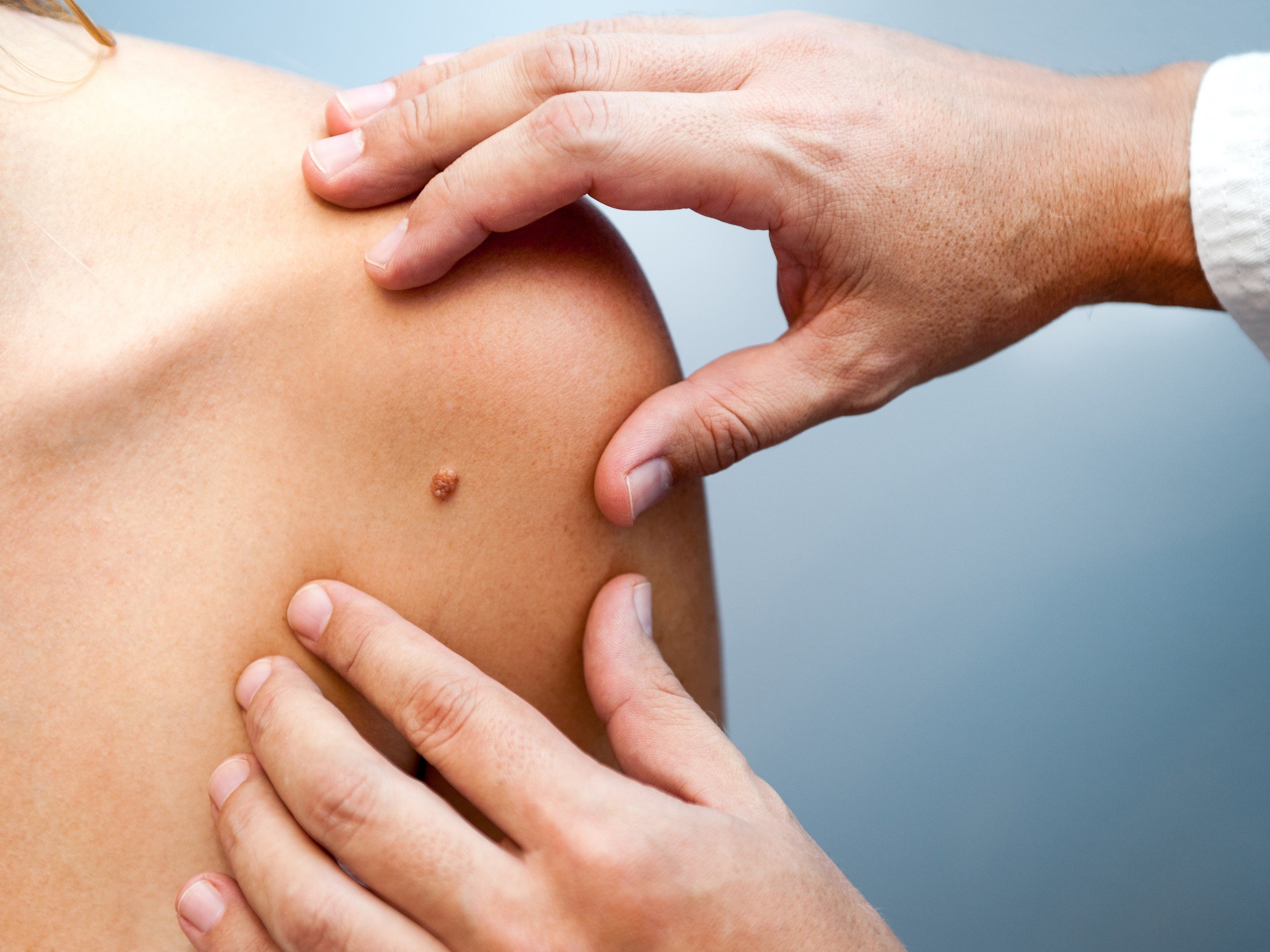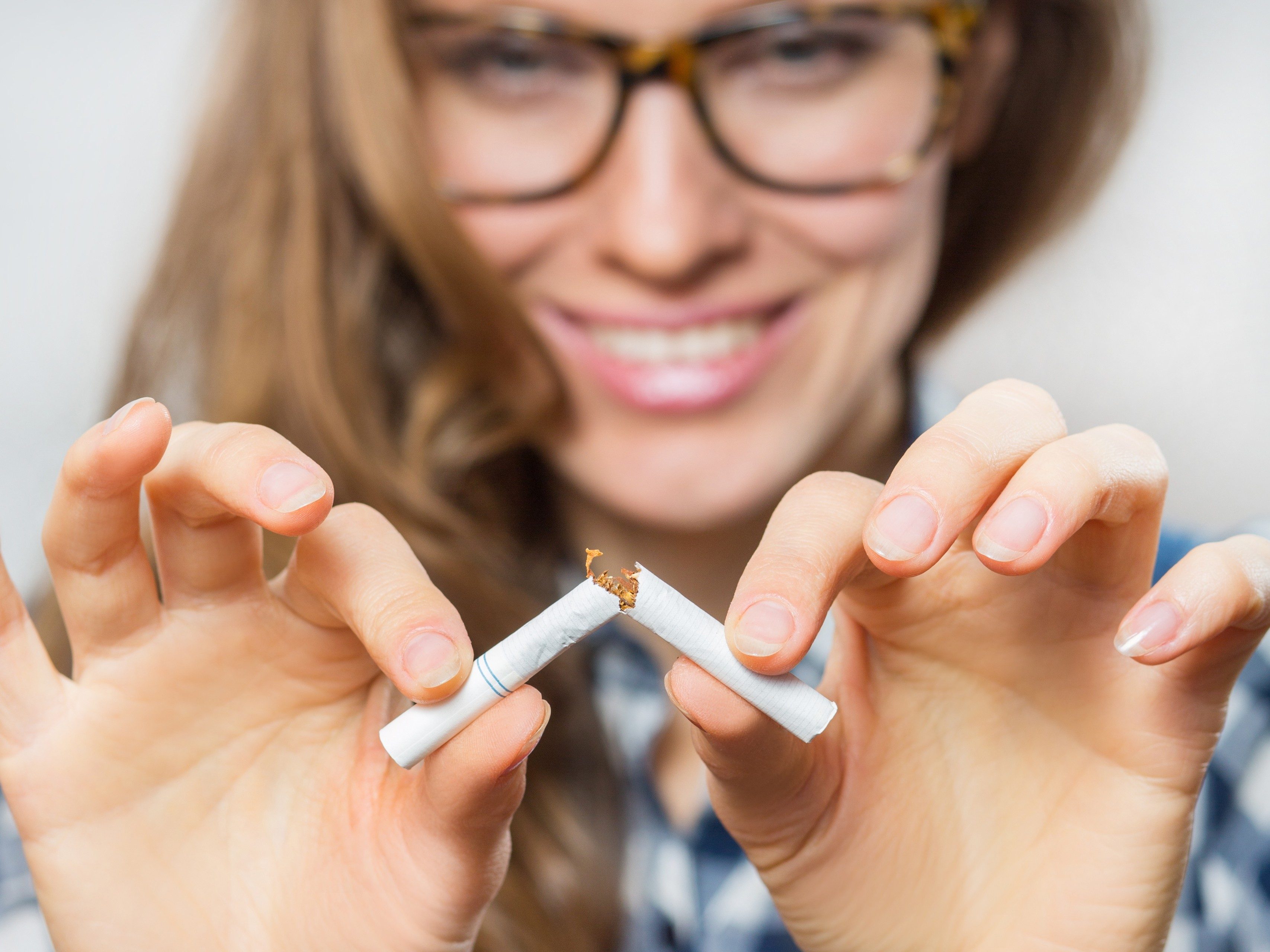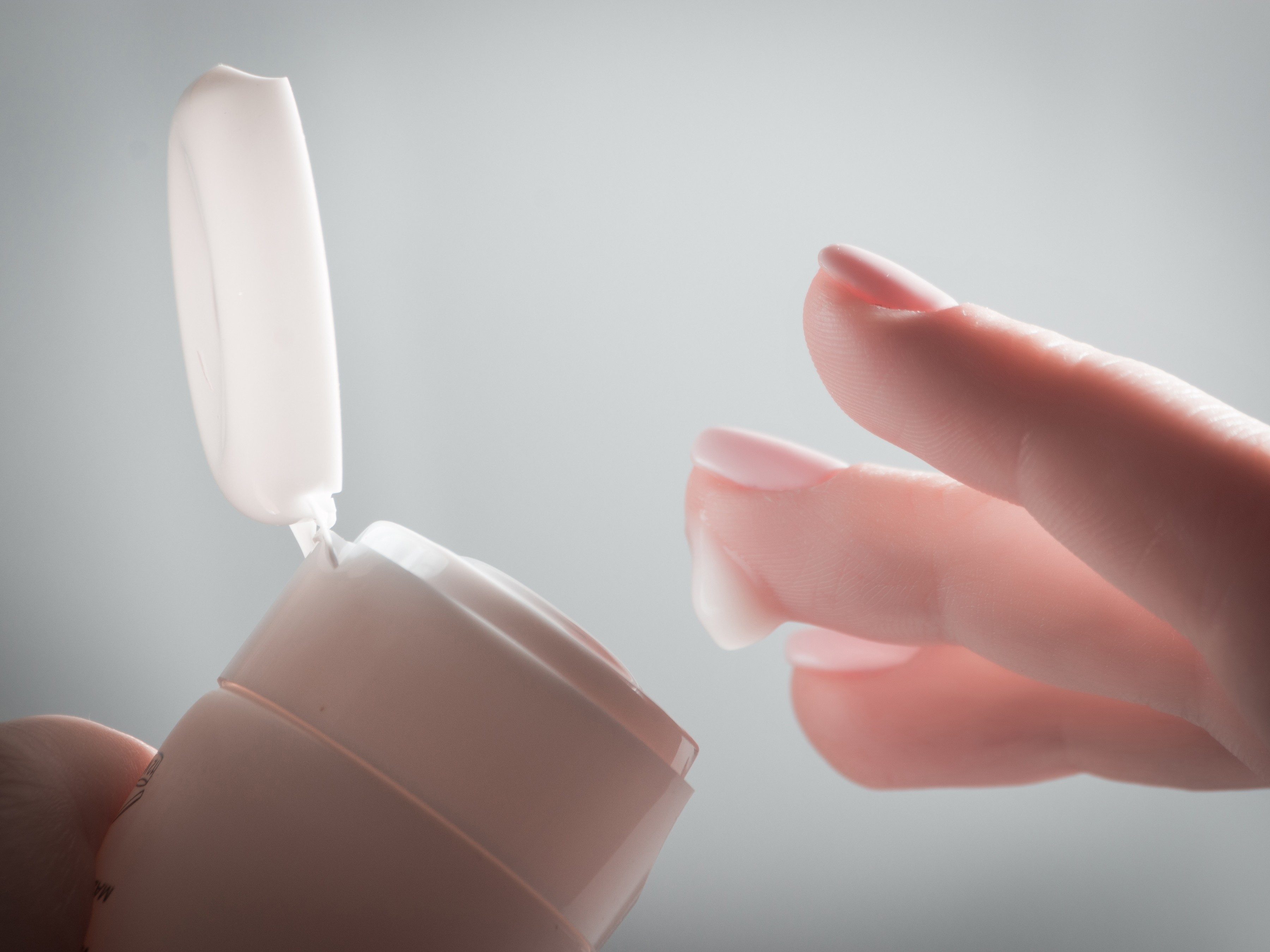
1. Consider cosmetic treatments
While epidermal changes can begin as early as one’s 20s, the process ramps up around menopause for women. Regardless of sex, the skin eventually becomes thinner, more sallow and less elastic. It may also develop lentigines (darker patches, also known as age spots), skin tags (flap-like growths), seborrheic keratoses (waxy, wart-like lesions), cherry angiomas (small red spots) and, of course, wrinkles.
“These changes are all just normal signs of aging,” says Dr. Lisa Chipps, a dermatologist and assistant clinical professor at the University of California, Los Angeles. If you’re bothered by the appearance of blemishes, specialists offer prescriptions and procedures-like chemical peels, photorejuvenation or wrinkle-smoothing injectables-to suit different cases. “Get a full assessment,” says Dr. Vince Bertucci, medical director of the Bertucci MedSpa in Woodbridge, Ont., and president of the Canadian Dermatology Association. “No two individuals have the same skin, or the same priorities.”

2. Watch your spots
Don’t mistake cancerous changes for just another sign of getting older. If a blemish is basal-cell carcinoma (the most common form of skin cancer), it might bleed repeatedly and take a long time to heal. Visible blood vessels within the lesion may be another red flag. Melanoma, the most dangerous epidermal cancer, might be asymmetrical in shape, irregular in border, growing in size or irregular in colour. In general, “look for the ugly duckling,” says Bertucci, “a spot that’s different from all the others.” When in doubt, get a doctor’s opinion.

3. Avoid sun, smoke and sugar
Skin aging comes in two forms: intrinsic and extrinsic. The former is influenced by genes and can’t be avoided, but the latter is triggered by environment and lifestyle. The single most effective thing you can do to preserve your skin is making sure to shield it from UV rays. In particular, it’s the UVA variety that exacerbates aging, “and a lot of people don’t realize that these ones come inside through glass,” says Chipps. Her recommendation is to apply sunscreen if you’re spending time next to sunlit windows, including those in the car.
Smoking and high-sugar diets can also take a toll. Nicotine reduces blood flow to the skin, and other chemicals in cigarettes alter its proteins. Meanwhile, sugar molecules bond with these proteins, making it harder for them to repair damage. It’s impossible to avoid all sugar; just don’t overdo it.

4. Moisturize throughout the day
Older people are more susceptible to dry skin, in part because as we age, our glands produce less oil than they did before. This problem may be especially pronounced on the lower legs, elbows and forearms. It can lead to itchiness, cracking and bleeding, so applying moisturizer throughout the day can help you feel as comfortable as possible in your skin. (Bonus: it diminishes the appearance of wrinkles, too.)
Related features:
7 Moisturizing Tips for Younger Looking Skin
7 Skin Care Tips for Men
10 Secrets to Healthy Skin That Glows